Laboratory of Cell Analysis and Biomolecular Interactions
The Laboratory of Cell Analysis and Biomolecular Interactions performs internal and external services in the areas of molecular biophysics and cell analysis.
We use biophysical methods to investigate the interactions of various systems, e.g. protein-protein, protein-ligand, antibody-antigen, protein-RNA, protein-DNA. We can study two binding partner systems, as well as perform the screening of thousands of ligand molecules.
Cell analysis is available in the field of in vitro research of both commercial and patients’ cell lines.
Contact: zapytania@port.lukasiewicz.gov.pl
Biophysical methods reveal details of molecular interactions (proteins, small molecules, DNA, RNA), as well as enable stability tests and Quality Control of protein samples in solution that can follow unfolding, changes in structure and oligomerization.
The experimental technique can be selected in accordance with the investigated subjects. Apart from the standard methods, our Laboratory offers a service for the integrated design of experiments, including assay development.
- Immobilization-based methods: surface plasmon resonance SPR (Biacore T200), bio-layer interferometry BLI (Octet Red 384);
- Interactions of ligand-receptor free in solution can be studied by isothermal titration calorimetry ITC (Malvern ITC-200), micro-scale thermophoresis MST (Nanotemper Monolith);
- Protein stability, secondary structure and conformational rearrangements are measured by differential scanning fluorimetry DSF/TSA (Roche LightCycler 480), differential scanning calorimetry (Malvern DSC), fluorescence (Varian Cary Eclipse) and circular dichroism (Jasco-815) spectroscopies;
- Oligomeric state and particle size are measured by dynamic light scattering DLS (Malvern Zetasizer Nano);
- Kinetic effects of proteins binding to the receptors on the cell surface can be measured in real-time by LigandTracer (RidgeView Instruments).
The laboratory offers a cell analysis service, performed on commercial and patients’ lines.
- Cell isolation and primary cells culture, processing and analysis of patients’ samples;
- Plate tests using fluorescence and luminescence (viability, cytotoxicity, influence of drug-like molecules);
- Flow cytometry.
The Laboratory provides a DNA/RNA isolation service (from saliva, blood) and pathogen DNA/RNA isolation. The process is partially automated, and performed with the use of a QIASymphony instrument.
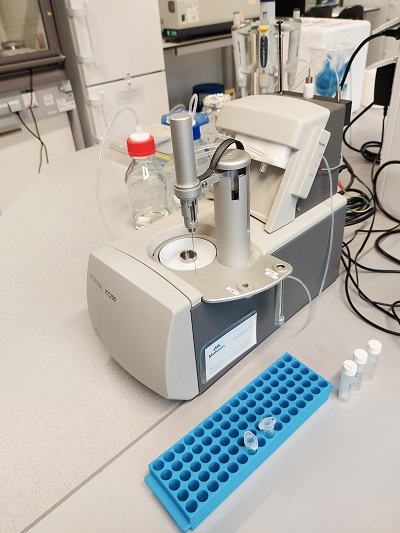
Calorimeter Microcal ITC-200 (Malvern)
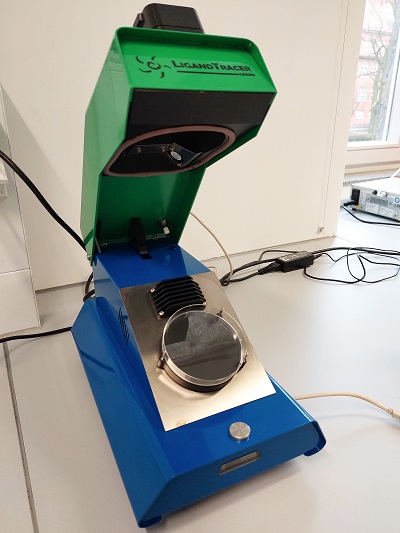
LigandTracer (RidgeView instruments)
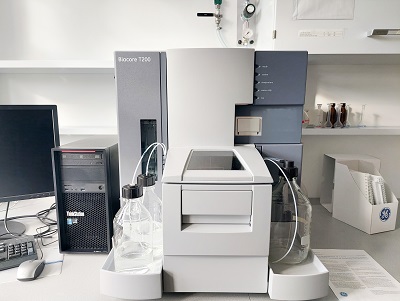
SPR T200 (Biacore)
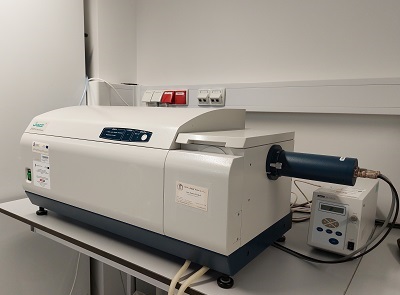
Spectropolarimeter J-815 (Jasco)
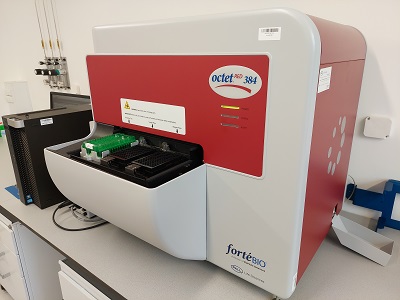
BLI Octet384 (ForteBio)
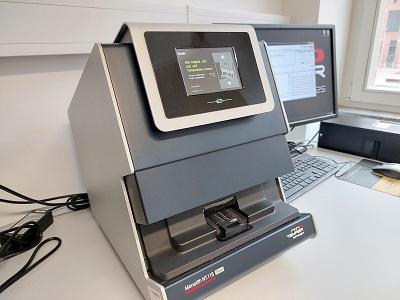
MST Monolith NT.115 Pico (NanoTemper)
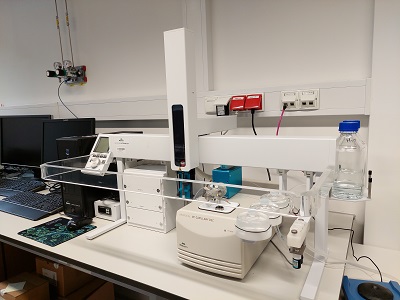
Scanning calorimeter Microcal VP-Capillary DSC (Malvern)
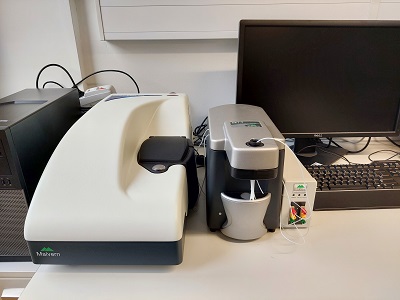
DLS Zetasizer Nano (Malvern)
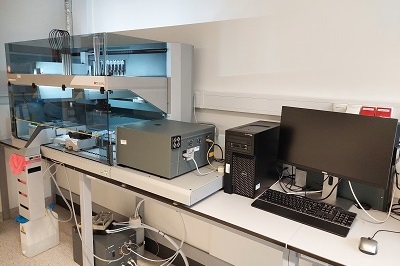
Liquid Handler Freedom EVO (Tecan)
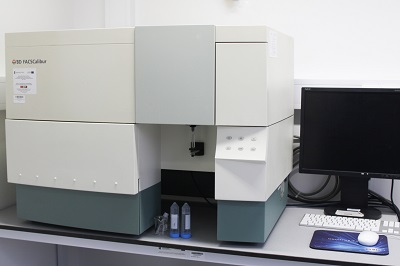
Flow cytometer FACS Calibur (BD)

Liquid handler QIAsymphony (Qiagen)
- Spectrofluorometer Cary Eclipse (Varian)
- Spectrophotometer Evolution201 (Thermo)
- Spectrophotometer NanoDrop8000 (Thermo)
- qPCR LightCycler 480 (Roche)
- Plate reader VictorX4 (PerkinElmer)
- Tissue Lyser (Qiagen)
- Inverted microscope
- Cell culture incubators
- Laminar flow cabinets
- Ultra-low temperature freezers
- Other small equipment (centrifuges, vortex, thermocyclers)

